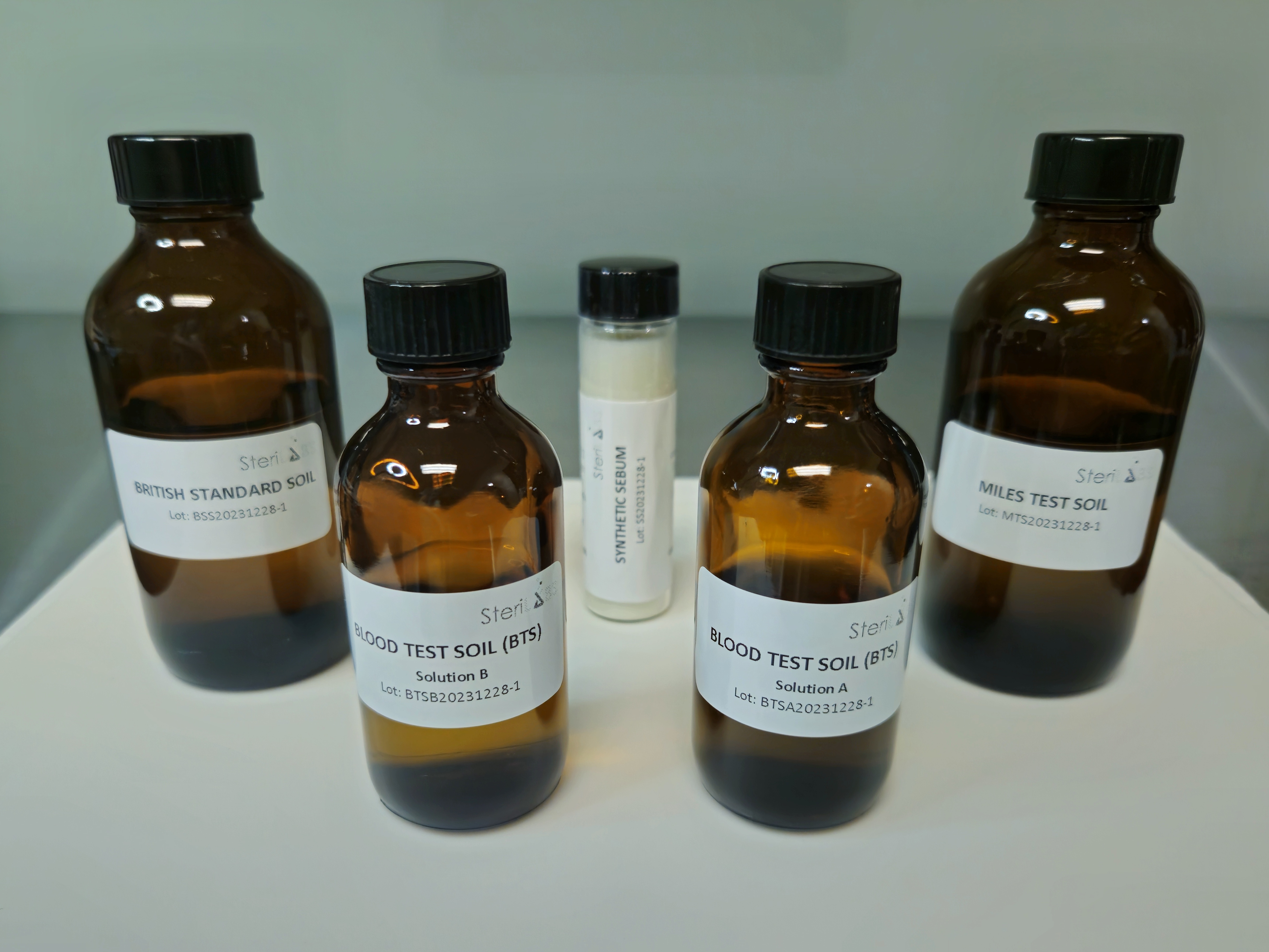
In the development of a cleaning validation protocol, a critical
initial phase involves the selection of an artificial test soil. This
formulation aims to replicate the contaminants encountered by a medical device
during clinical use. Since there is no universal soil ideal for all medical
devices, this process requires collaboration among the testing lab, sponsor or
manufacturer, and clinical staff to collectively determine the most optimal
test soil for the device in question.
What is required for the cleaning validation?
When performing a cleaning validation according to ANSI AAMI
ST98:2022, the standard requires that the intended use and clinical
conditions are assessed and applied to the medical device during the cleaning
validation. For the test soil, it has to represent the worst-case soil exposure
and its formulation should have a supporting scientific justification of its
relevance. The test soil has to include substances representative of tissues,
fluids, and any other chemicals or contaminants that are intended to be removed
during the cleaning of the device.
What to consider when selecting the correct test soil?
The selection of the test soil starts by assessing the intended
clinical use of the device. This assessment should include the location(s) in
the body where it will be used and all tissues and fluids exposed to the
device. For example, if testing an oscillating saw blade used in orthopedic
surgeries, an optimal standardized soil may be ATS2015-Bone which simulates
contamination from blood and bone fragments.
When selecting a soil where blood is the predominant component, it
is essential to assess coagulation. If blood is the predominant component
during clinical use and no other components interfere with coagulation, then a
coagulating blood test soil should be considered. If on the contrary, other
components are present in higher proportions or anticoagulants are used in the
procedure, then a non-coagulating blood test soil should be used.
Mixtures of test soils can also be used to simulate clinical use
best. For example, if testing flexible scopes, used to investigate the
gastrointestinal tract and perform biopsies a combination of two soils that
represent both mucus and blood could be used. Adjusting the ratios of the soils
allows for tailoring based on the expected proportions of each contaminant
during the device's clinical use.
All non-patient-derived contaminants and chemical compounds
expected during the clinical procedure should be simulated during the soiling
process. If the medical device requires lubrication before use, which is the
case of some probes, dilators, catheters, and others, the lubricant could be
incorporated into the soil or applied directly to the device during the soiling
process. The same applies to the use of bone cement, the use of ophthalmic
viscosurgical devices (OVDs), and any other compound that is applied when using
the device and that could contribute to the soiling process.
Finally, it is important to recognize that even though there are
several standardized soil formulations listed in ASTM and ISO standards, these
recipes do not encompass every single residue with which a medical device will
come into contact. Formulations not included in these standards may be more
relevant and are allowed as long as scientific justification is provided.
My SteriLabs Experience as an Interdisciplinary Biochemistry and Microbiology Intern. Blog post by Natasha Tal.
September 22, 2025
Microbiologist / Study Lead (Sterilization, Sterility Testing & QMS) — 24-Month Term
September 18, 2025
Media fill testing: Ensuring Aseptic Processing for Client Projects and Licence Applications. Blog Post by Natasha Tal
August 22, 2025